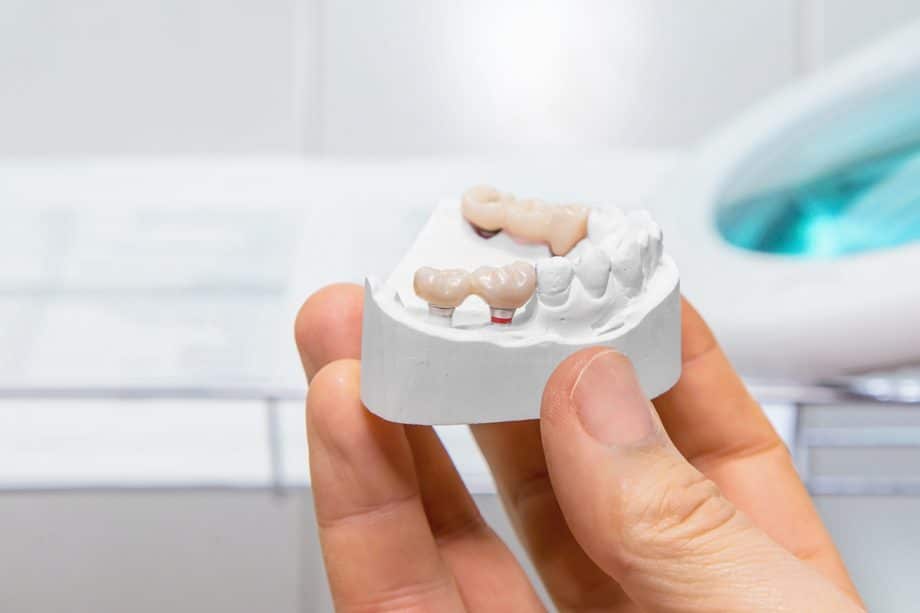It is not uncommon for someone to be missing a tooth - or a couple of teeth. In fact, according to the American Dental Association, millions of adults are missing one or more of their teeth. This reality for many can make eating their favorite foods - or any foods - difficult. It can also cause confidence to take a deep dive. But while missing teeth can have a negative impact on one’s quality of life, dental bridges offer hope.
What is a Dental Bridge?
A bridge is a solution that dentists use regularly to replace missing teeth. It bridges the gap between the two remaining healthy teeth on either side of the empty space. The idea is to have something, whether a healthy tooth or an implant, that will support a row of artificial teeth to fill in the gap.
Dental bridges offer both an improved appearance and smile as well as increased functionality.
Types of Dental Bridges
Now, it should be acknowledged that there is more than one type of dental bridge. And while they all get the job done, they do so differently. Let’s take a look at four main dental bridge options.
- Traditional Dental Bridge. This type of bridge has been around for a long time and has proven itself to be a very effective solution. It’s not surprising that it is the most common. A traditional dental bridge places crowns on the two healthy support teeth with an attached bridge in the middle that contains one or more pontics, or fake teeth. The crowns securely hold the bridge in place so that it can look and function as normally as possible.
- Cantilever Bridge. This is a bridge that is set up the same as the traditional option but only uses one healthy support tooth. This puts a lot of stress on that one tooth and can create additional dental concerns down the road.
- Implant-Support Bridge. Dental implants are the gold standard in tooth replacement. One missing tooth can be replaced with a dental implant and leave the patient with stellar results. The tooth acts and looks just like the real thing - and it is all thanks to the support from a titanium post that was implanted and fused with the jaw bone. When more than one tooth is missing, an implant-supported bridge can be created using implants for support rather than utilizing your healthy teeth. The results are stunning – and it's no wonder this option is growing in popularity.
- Maryland Bridge. This dental bridge option foregoes the use of dental crowns and instead cements a metal structure onto the back of the existing teeth. This option works well, but it is not the strongest and it may not always stay in place.
The Importance of a Dental Bridge
If you have empty spaces in your mouth where teeth once were, you could be causing damage to your future oral health without even realizing it. Here’s why.
Your teeth rely on the support of the teeth next to them. However, when teeth are missing, they will begin to drift. This can lead to crooked, jumbled teeth and unwanted gaps. When your teeth are pushed together, it gives bacteria more places to hide - and can lead to greater instances of decay. Further, all this shifting of your teeth can cause your bite to become unaligned.
In other words, dental bridges are important because they fill in that gap and give the surrounding teeth the support they need. If you have missing teeth and would like to learn how you can get started on filling the gap, R. Renan Williams DDS can help.
To learn more or schedule an appointment, contact us today at 817-281-4801 . Or, request an appointment online.

